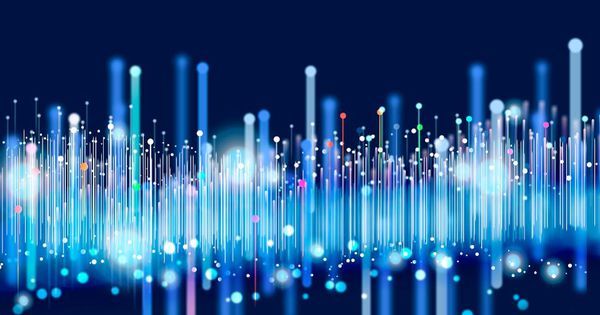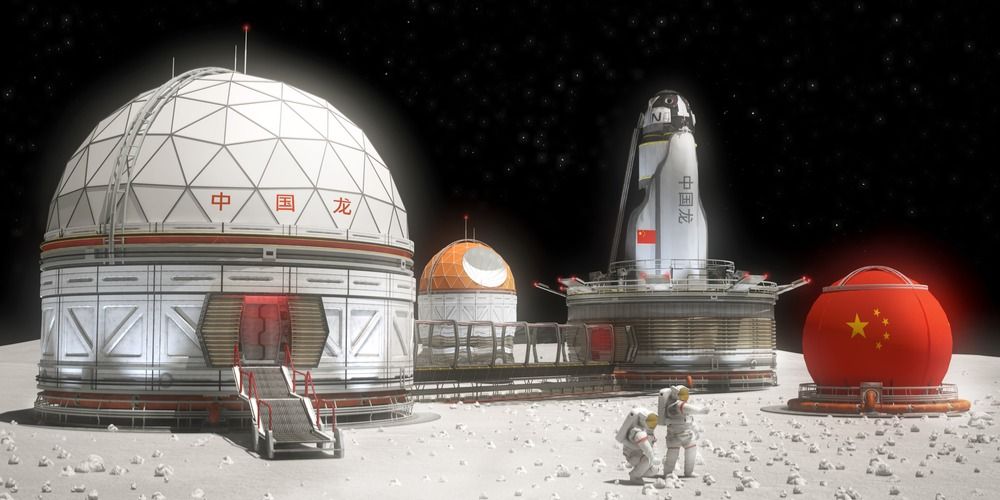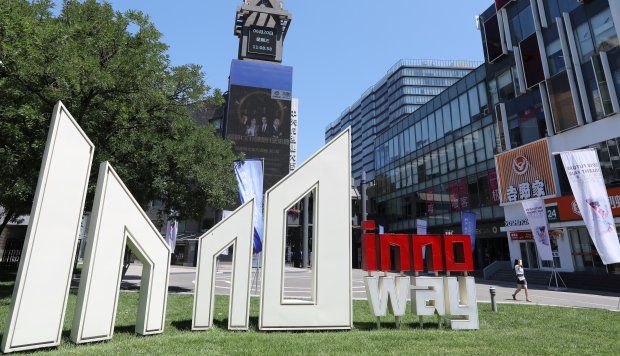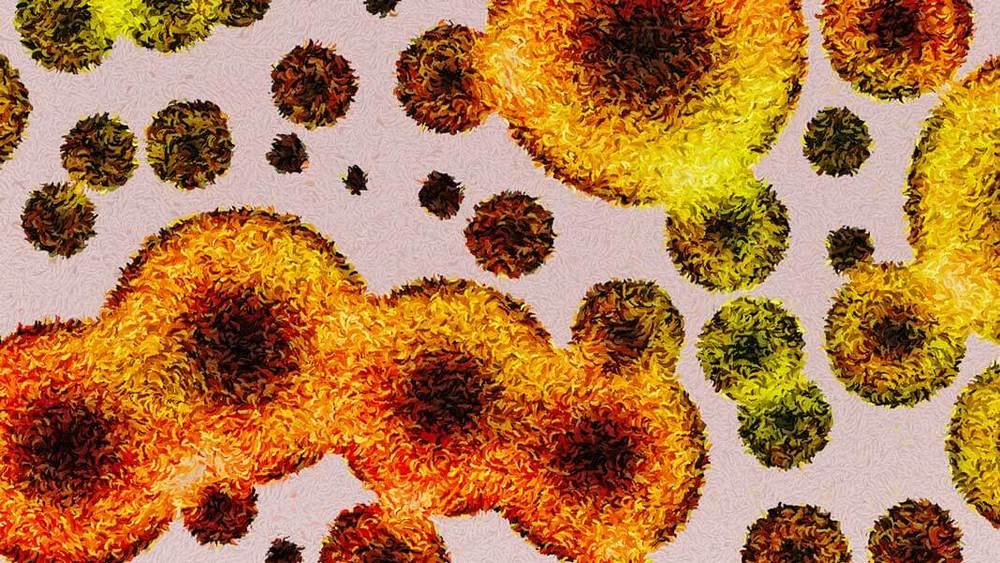How is the technological landscape changing in 2019, and what innovations will we see in the future? originally appeared on Quora: the place to gain and share knowledge, empowering people to learn from others and better understand the world.
Answer by Gary Shapiro, President and CEO at Consumer Technology Association, on Quora:
The two biggest stories coming out of http://www.ces.tech/” target=”_blank” rel=” nofollow noopener noreferrer” data-ga-track=” ExternalLink: http://www.ces.tech/”>CES 2019 are advancements in fifth generation cellular connectivity (5G) and artificial intelligence (AI). Both of these innovations will open the door to a world of convenience, precision and high-speed broadband.






